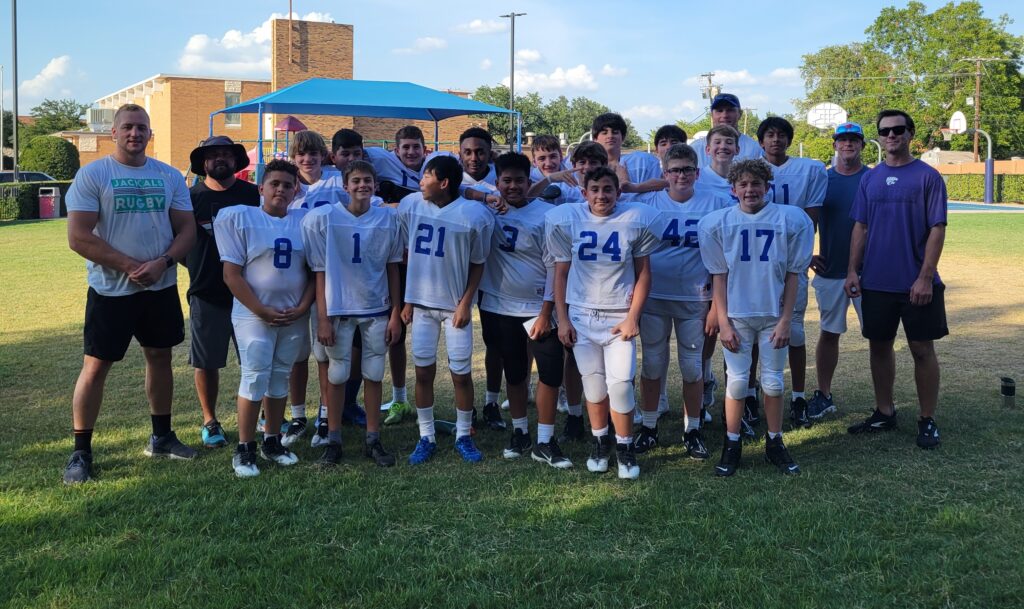Parents looking to put their kids into tackle football often question the dangerous nature of the sport. While any collision/contact sport will have some unavoidable element of risk by its very nature, is it fair that tackle football has been pushed into a position where tackle football coaches constantly have to defend the safety of their sport?
This article will look at the debate surrounding tackle football, helping you make a more informed decision about whether or not to let your kids play.
What is the Debate?
When looking at the debate surrounding the dangers of tackle football, there is one type of injury that dominates the conversation. Kids are resilient and they will bounce back – often quickly – from ligament tears or broken bones. The effects of head & neck injuries, however, are much more serious.
Many groups out there – including the Concussion Legacy Foundation – are looking to ban tackle football for kids under the age of 12. Their goal of preventing brain injuries (concussion) and eventually eradicating CTE through education and safety in youth sports is noble.
The issue is that an age cutoff – no matter what that age is – doesn’t look at factors other than a birthdate to decide if a kid can play tackle football. This means that physical and mental development is eradicated from the conversation, which could easily put underdeveloped kids in harm’s way when they reach the age that allows them to play the game.
What is the Reality?
The reality is that with the right tackle football coaching before beginning play, the risk of serious injury isn’t as high as some groups would have you believe.
One recent study published in JAMA Network Open studied a small group of youth tackle players over the course of four seasons. The study found that with this group of players, hits to the head – even with concussive force – did not correlate to issues with behavior, memory, or attention, as has been suggested in the past.
It is important to note that this study was small in scale. It is also important to note that it is far too early to understand the long-term effects of injuries picked up in these four seasons, especially because CTE is a disease that worsens over time and with more and more impacts to the head, which is why campaigners want to start kids in tackle football later. The theory is the later a kid starts, the fewer hits to the head they will get, and the lower the chances of CTE.
While there is some merit to this, it is worth looking at approaching the issue differently.
What are the Rules?
The first way youth tackle football leagues are evolving to increase player safety is through changes in the rules. One obvious area for this is in practice, with some calling for a complete ban on contact other than in games. This is generally regarded as a good rule, but at the youth level, some contact has to be allowed in practice for kids to learn how to tackle and be tackled. If not, you risk unleashing an entire team of players onto the field without body preparedness for contact, which is guaranteed to create more injuries.
The middle ground here is controlled contact in training. We aren’t talking hour after hour of the Oklahoma Drill or other fully padded, full-contact practice sessions with head-on-head hitting. Instead, using contact minimally to promote the correct way to tackle safely and to take a tackle (often just as important) is the way to go.
Other modifications to the traditional rules are also encouraged. Kickoffs and kickoff returns are all but out of the NFL after studies showed that the impact on special teams – essentially when players had full 30-yard sprints at each other before contact – was (not shocking) a serious concussion hazard. Youth leagues are following suit, taking out this part of the game and making tackle football immediately safer.
What are the Tools?
The key to making tackle football less dangerous is to use the tools at your disposal to put your child into a situation where they will be safe and have fun. One place to start is making sure you decide on the right football league for your child, looking at your options in terms of the level of competitiveness, the type of football/rule set, and the goals that you and your child have for their initial dive into tackle football.
The next major tool is to make sure they are coached up before they play. Tackle Smart Sports offers a wide range of tools for parents – from this blog to small group training – that will prepare your child for that first hit they will make in a game. These are based on age group training from six to 18 years old, with a progressive system that means your kid will always be a step ahead of his or her peers in their safety and development. Tools like this are instrumental in making football fun and safe, and we feel that all football programs should offer this type of tackle technique training to youngsters playing tackle football.
Make tackle football less dangerous for your child and give them tools to shine in a sport that promotes life lessons unlike any other.
Are you a parent or coach who wants to make sure your young athlete is being taught the safest and most effective tackling techniques? Then SIGN UP to our newsletter to stay up to date with our regular content, including upcoming events or camps!




